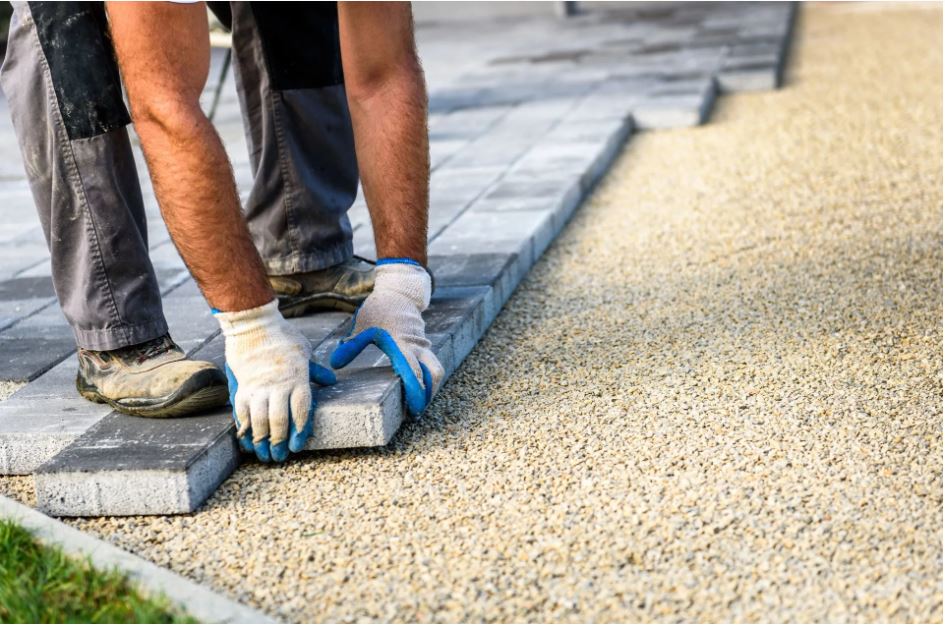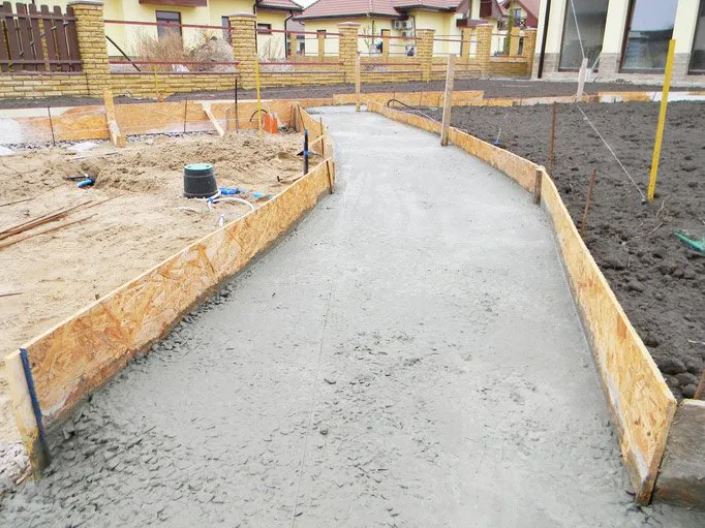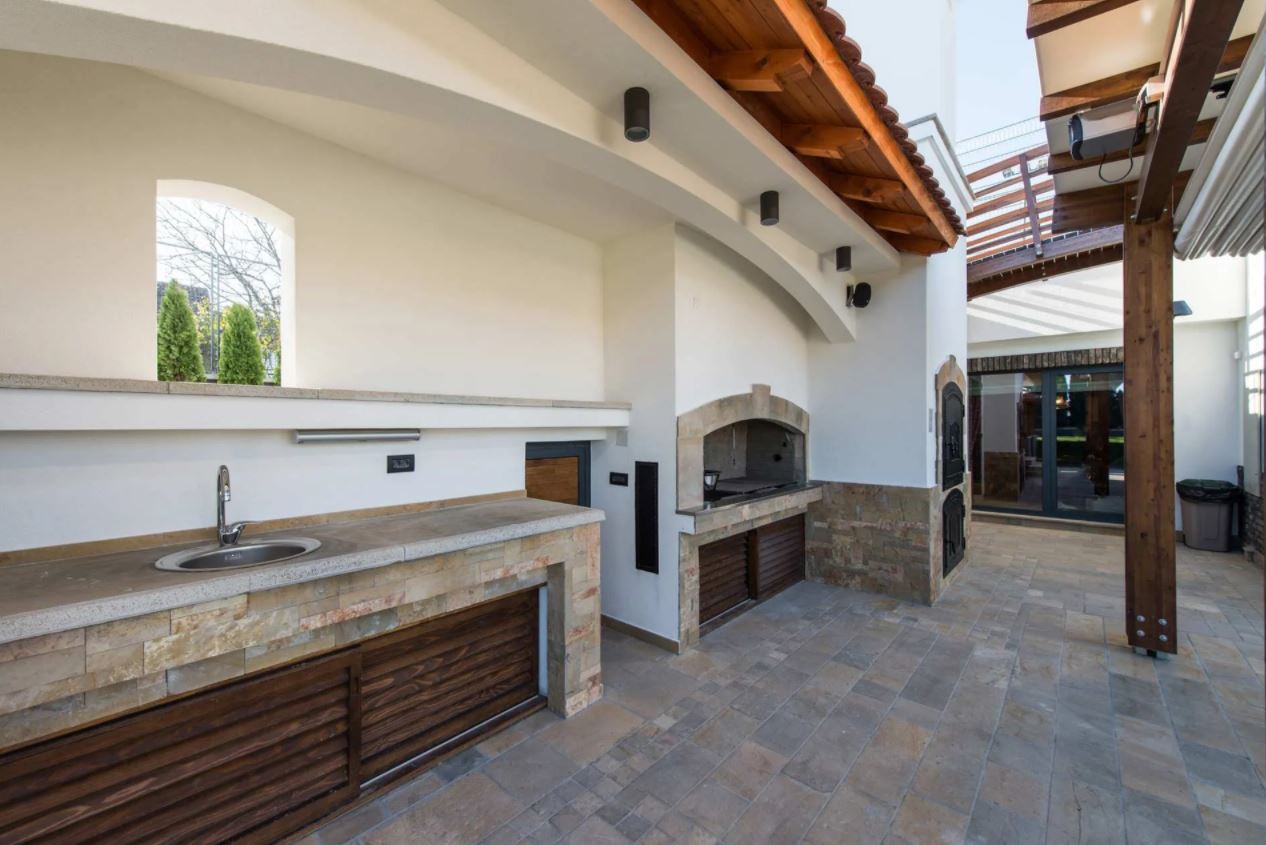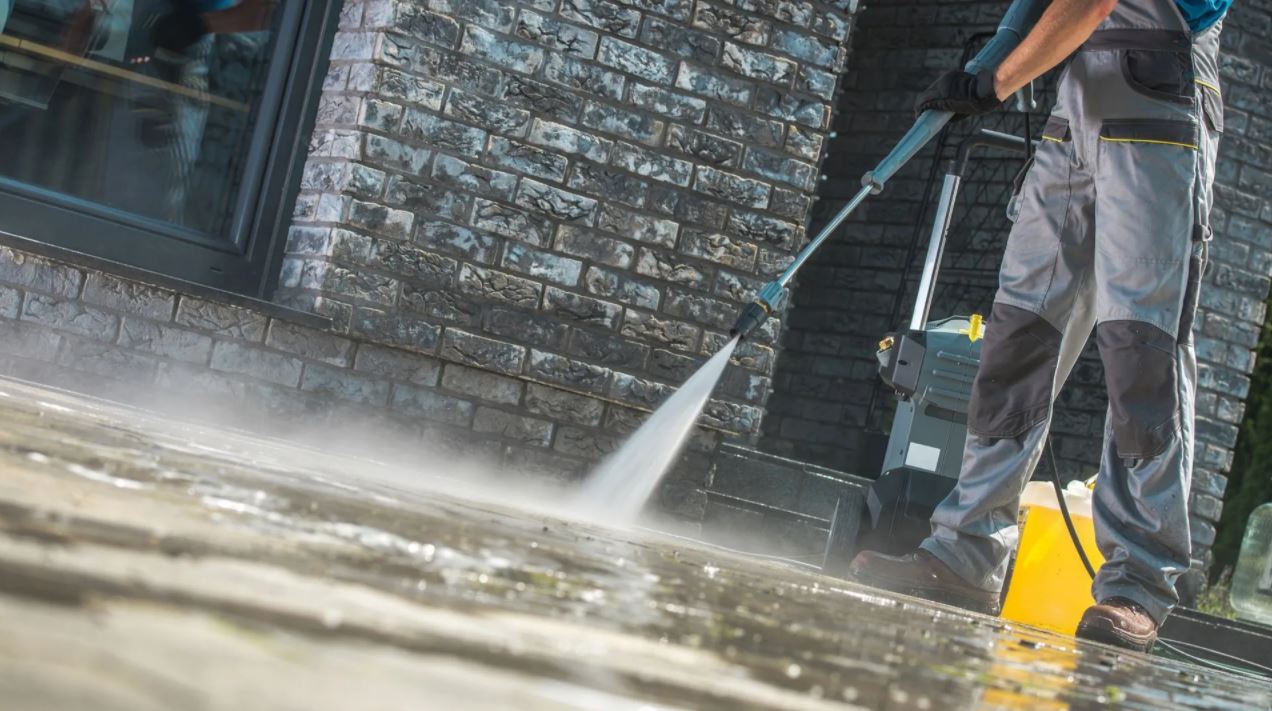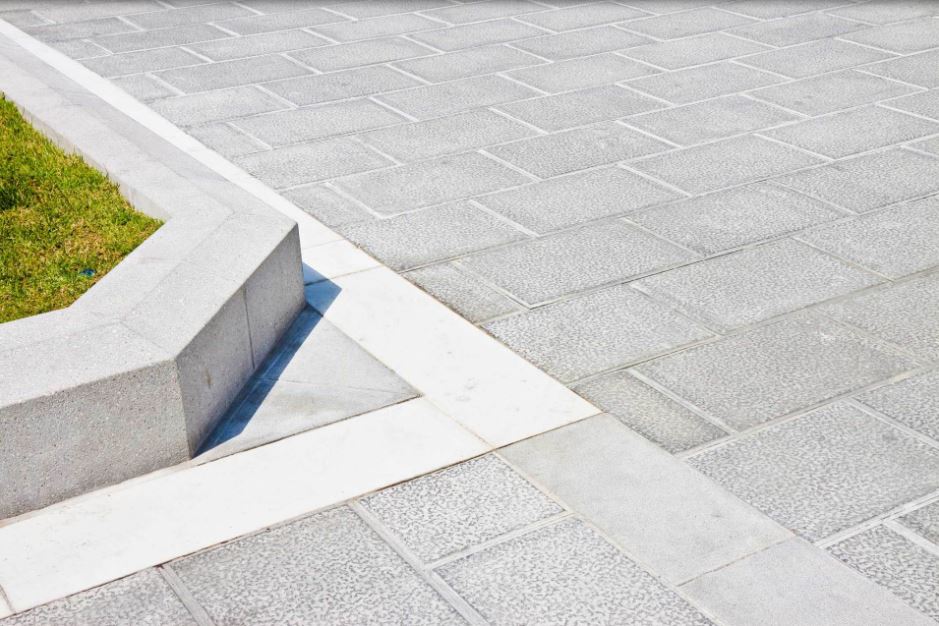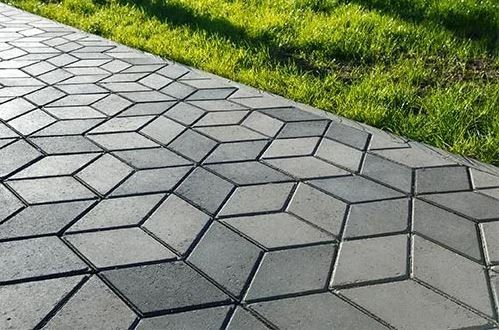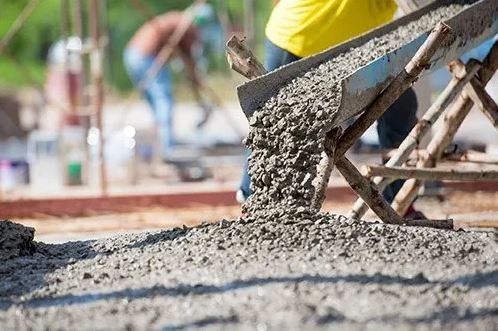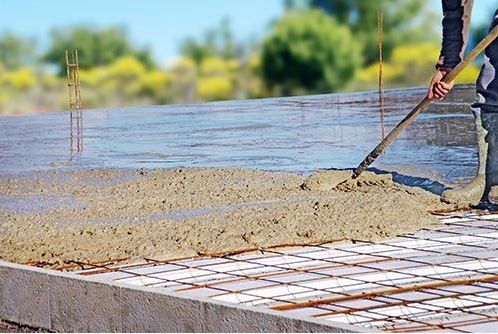3 Methods to Protect Concrete Against Carbonation
Admin • August 7, 2018
Those outside the concrete industry often fail to realize what a chemically active concrete is. Concrete possesses a very high pH value, making it a highly basic substance. As a result, concrete readily reacts in the presence of even acids such as de-icing salts and even the carbon dioxide that naturally found in air.
As concrete continues to react with such substances in the process known as carbonation, its pH value steadily drops. The lower the concrete's pH gets, the more vulnerable it is to various forms of damage. Fortunately, a number of methods exist for protecting concrete against unwanted carbonation. This article will discuss three of the most common.
1. Surface Coatings
The process of carbonation always begins at the surface of the concrete. The reason for this is simple: that's where the acidic substances come into contact with the slab. As the pH on the outside drops, the acidic substances will gradually be able to push deeper into the concrete. Contractors often refer to the affected portions of concrete as the carbonation front.
One of the most effective ways to keep carbonation at bay involves applying a protective surface coating soon after the concrete has reached its fully hardened state. A wide variety of protective coatings will suit this purpose. Acrylic and polyurethane sealers both work by forming a tough, durable shell on the outside of the concrete.
On an aesthetic level, acrylic sealers tend to have a more matte appearance, whereas polyurethane sealers will be glossier. Both, however, will provide excellent protection against unwanted carbonation. The same goes for penetrating sealers, which soak deeper into the concrete, providing protection against unwanted chemical reactions.
2. Polymer-Modified Concrete
The best time to start strategizing about how to prevent carbonation is before you have actually installed your concrete. By altering the proportions and additives used in your concrete mix, you may be able to promote a greater degree of resistance to carbonation. One of the most effective ways involves adding polymer modifiers to the concrete mix.
A recent study tested different mixes of concrete for their degradation resistance when exposed to hydrochloric acid. The study found that polymer-modified concrete demonstrated the greatest degree of resistance in terms of flexural strength, compressive strength, and change of mass.
The polymers utilized in polymer-modified concrete provide a greater degree of chemical tolerance. They acted to keep the concrete's pH within an acceptable threshold. As a result, the concrete showed less of a tendency to break, crack, crumble, or suffer other forms of structural damage.
3. Corrosion Protection
Concrete derives its strength from a reaction that takes place between water and cement. Known as hydration, this reaction results in the formation of super-strong bonds that hold together the disparate chunks of aggregate. Carbonation weakens these bonds, making the concrete more likely to break apart.
Yet carbonation presents its most serious threat to concrete that has been reinforced with internal rebar or other elements of structural steel. These elements depend on the alkalinity of concrete to protect them from corrosion. As carbonation causes the concrete's pH to become ever more acidic, steel reinforcements begin to develop patches of rust.
Such corrosion greatly magnifies the amount of internal pressure exerted on the concrete, making it far more vulnerable to cracking or breaking. Fortunately, steel reinforcements can be protected by coating them with special corrosion-preventing sealers prior to installation. These coatings fall into two categories: metallic and organic.
Each of these types possesses its own set of strengths in keeping carbonation-related corrosion at bay. To learn more about which type would be best suited for protecting your next concrete slab from unwanted corrosion, please contact the concrete experts
at Central Carolina Concrete.
Why should you hire a professional contractor for your next concrete project? Take a look at the reasons to go with a pro rather than doing it yourself.

